Understanding Why Saffron Is Used in Paella
Paella has earned its iconic status, in part, because of the warm golden hue and subtle aromatic layers imparted by saffron. The main reason people add saffron to paella is to introduce that unmistakable golden orange color. Saffron’s pigment, crocin, gives rice dishes like paella their vibrant warmth, distinguishing them from bland alternatives.
Beyond its hue, saffron contributes a complex flavor profile that is difficult to replicate. It carries earthy, honey-like, and slightly bitter notes with floral undertones. Even in small quantities, saffron enriches the dish’s aroma and depth, adding a refined layer of complexity to the sofrito and rice base. Coupled with paella’s traditional ingredients, this spice helps elevate every spoonful.
Authenticity is another reason saffron remains integral to paella. Traditional Valencian recipes regard authentic saffron as indispensable, reinforcing the cultural heritage of the dish. Substitutes like turmeric or artificial colorants might mimic appearance but lack both the authentic flavor essence and cultural significance. For cooks seeking that true Spanish flavor, saffron is the preferred choice.
In summary, while saffron may be an expensive ingredient, its ability to lend vibrant color, nuanced aroma, and authentic depth far outweighs cost concerns—especially when a little goes a long way. Its inclusion transforms paella into a sensory experience rather than merely a meal.
For those interested, our all red saffron options are curated to ensure high quality, rich aroma, and optimal color payoff.
Thank you for exploring the magic of saffron in paella. I hope this deepens your appreciation for the dish’s timeless charm.


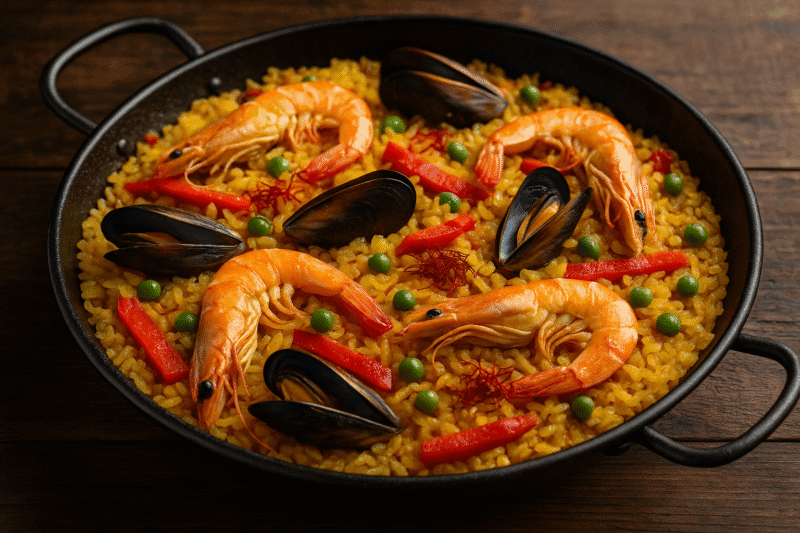
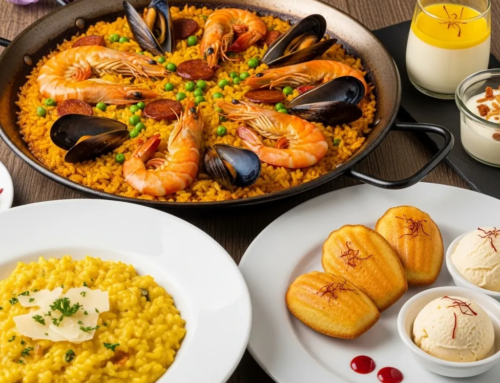
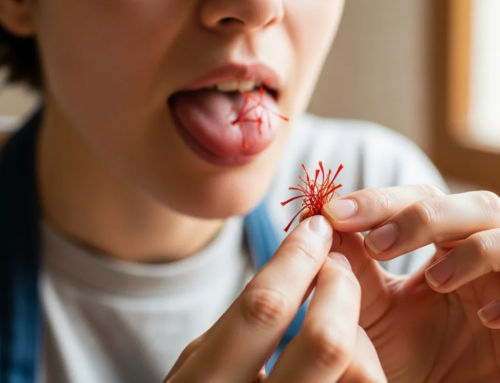
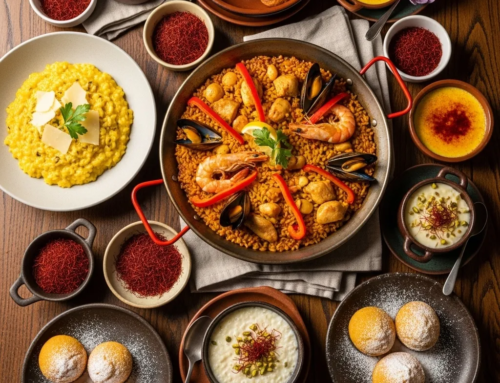
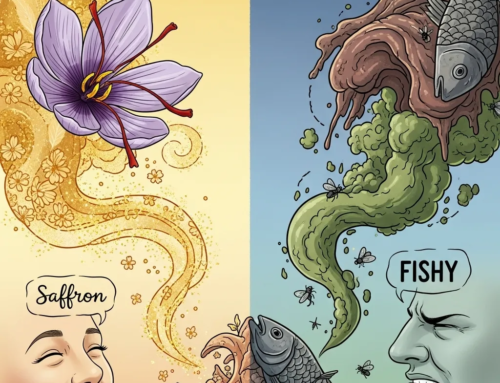
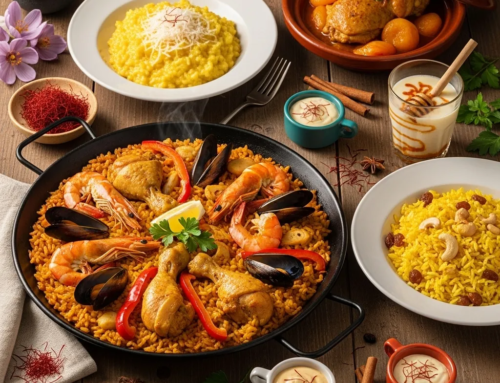
Get Social